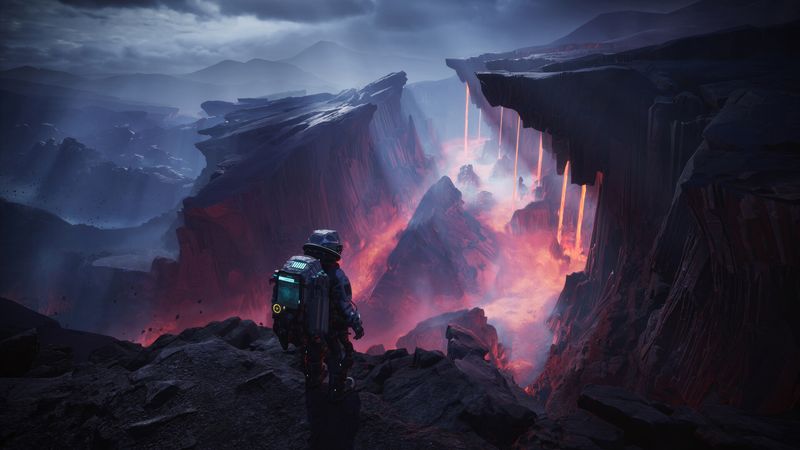A longtime explorer of virtual frontiers, and I’ve just returned from a journey through The Alters—a sci-fi survival adventure from 11 bit studios that blends base building, emotional storytelling, and hard choices into one compact package. Here’s how this game fared on my console and what you can expect when you step onto that hostile planet.
Overall Impressions
The Alters immediately immerses players in the emotional and physical trials of Jan Dolski, a lone survivor navigating the wreckage of a failed expedition. Instead of defaulting to the typical grind-heavy survival formula, 11 bit studios crafts a game where every choice has emotional and narrative weight. The environments—whether scorched terrain or claustrophobic labs—aren’t just backdrops but living spaces filled with secrets and character-driven moments, maintaining a focused atmosphere that enhances storytelling over open-world bloat.
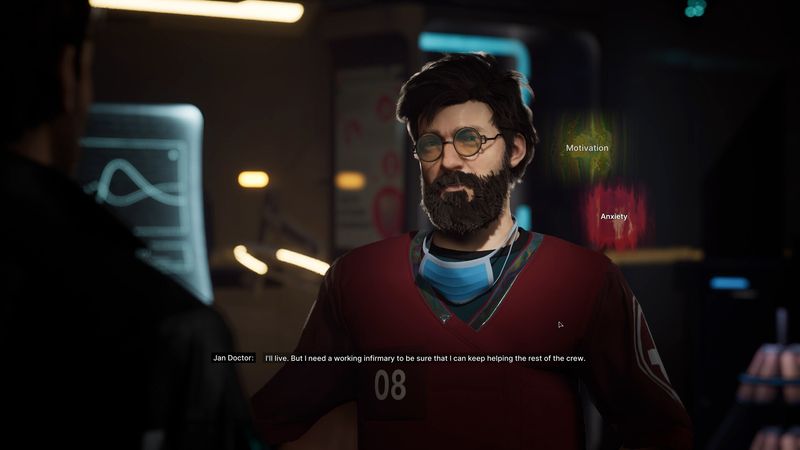
The game’s standout strength lies in its ethical complexity. Rather than simply surviving, you’re asked to confront who you are and what you’re willing to compromise. These dilemmas bring a personal edge that sets The Alters apart from others in the genre. However, not all design choices work in its favor. The inclusion of a strict time-based objective system adds an urgency that occasionally undercuts the desire to pause, explore, or reflect—shifting moments of curiosity into sources of pressure.
Compared to titles like Subnautica or Frostpunk, The Alters opts for a more compact yet emotionally resonant journey. It trades endless crafting and sandbox loops for introspection and moral tension, delivering a tighter experience with a powerful narrative core. For players seeking more than resource juggling—those drawn to existential questions and story-rich environments—The Alters offers a poignant, if sometimes demanding, survival adventure.
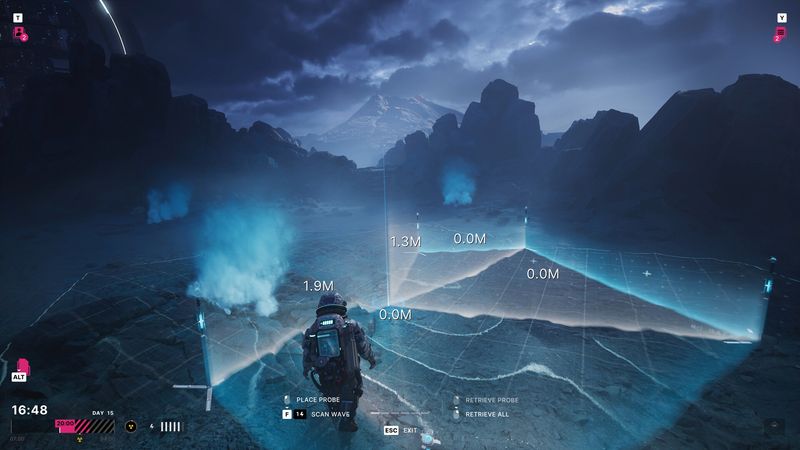
Gameplay Mechanics
The Alters blends base building, resource management, and story-driven gameplay into a unique survival experience. Constructing underground labs, refining ore, and growing fungi feels rewarding as your facility expands. The mechanics encourage thoughtful planning and create a compelling sense of progression. Players often find themselves lost in the process, optimizing their base not just for efficiency, but for the personal satisfaction of shaping their journey.
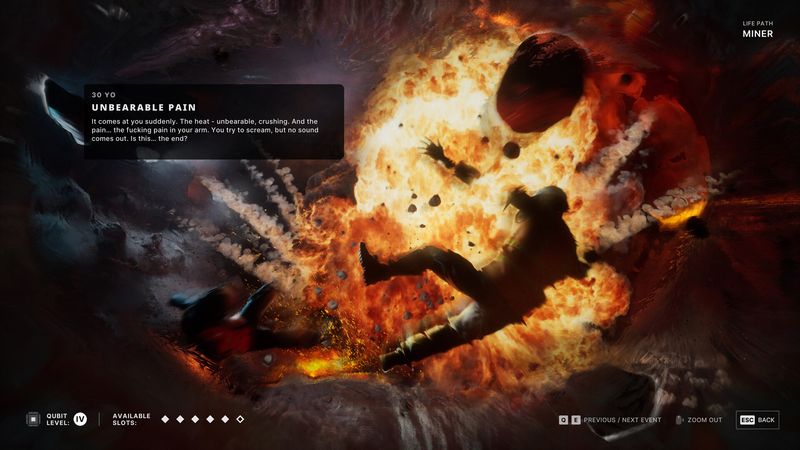
A major strength of The Alters is how it handles resource scarcity—it’s tight yet fair, making every scrap of metal valuable. The alter creation stations are another standout, offering customization that impacts both gameplay and narrative. Assigning unique skills and backstories to each version of Jan deepens immersion, with personal arcs that reflect larger themes of identity and resilience. This innovative system ties mechanics directly to emotional storytelling, creating moments that resonate.
Despite its strengths, The Alters isn’t without flaws. A strict time limit adds pressure that can disrupt the pace, forcing players to rush through side content and miss out on narrative richness. Some liken it to outdated “fail-if-you-dawdle” mechanics. Additionally, the user interface can be a bit unwieldy—inventory screens feel cramped, especially when managing multiple alters. A more intuitive UI with clearer character needs would enhance the experience without sacrificing depth.
Story and Characters
The narrative is the beating heart of The Alters. Jan Dolski is a man haunted by “what if,” and every new alter embodies a road not taken—an unspoken regret or a bold gamble. I’ll admit, a few of the backstories hit me harder than I expected. One alter lingered on my mind for days: a version of Jan who stayed behind on a thriving colony and became a scientist only to witness its collapse. That quiet, personal tragedy quietly stung.
Conversations feel authentic; there’s no forced exposition dump. The game trusts you to piece together the world, from cryptic voice logs to scattered journals. The ethical puzzles—do you sacrifice one alter to save the rest? Do you push your crew beyond safe limits to fix critical equipment?—underscore the emotional stakes at every turn.

Visuals and Graphics
Graphically, The Alters opts for a stylized realism. Harsh metallic corridors drip with green bio-growth; flickering emergency lights cast long shadows over rusted consoles. It’s not a photo-real showcase, but the art direction nails the mood—bleak, worn, and tinged with hope. Character models aren’t top-tier detailed, but close-up animations during key cutscenes convey subtle emotions: a tremor in Jan’s hands, a lingering gaze from an alter who’s questioning their purpose.
Environmental design is the real star. I spent a solid hour just mapping out abandoned labs and hidden alcoves, each area hinting at past experiments gone wrong or emotional journals left by prior crews.
Sound and Music
The Alters’ soundtrack deserves applause. A haunting piano motif recurs during moments of doubt. When tension ramps up—say, a sudden power failure—you’ll hear the sharp clank of sparking cables and your own breathing amplified in the headset. Voice acting is uniformly strong: Jan’s tone shifts from weary resignation to quiet determination, and each alter has a distinct cadence that matches their backstory. Sound effects aren’t just decoration; they keep you alert to changing hazards, from distant rumbles to the hiss of leaking air.
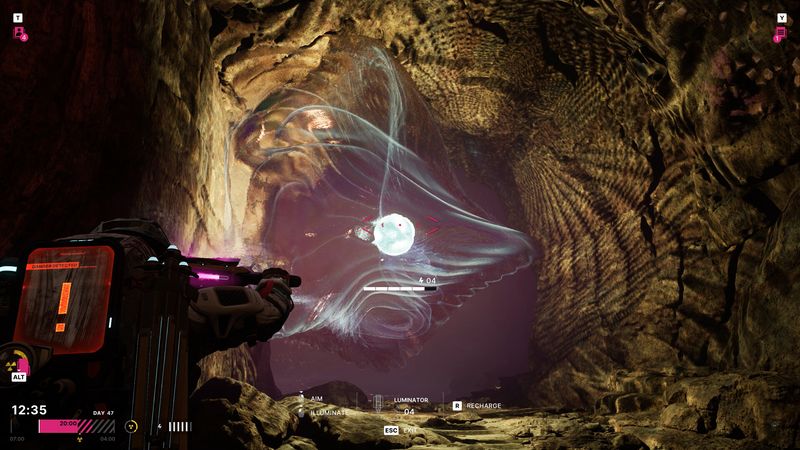
Difficulty and Replayability
I found the default difficulty to be demanding but not punishing—until the clock started ticking. That mechanic transforms every decision into a race. For players seeking a relaxed build-and-explore session, it can feel more like a timed puzzle than an open world. But for those who thrive under pressure, it injects urgency and heightens every moment.
As for replay value, I plan a second run. Not just to unlock all endings, but to see how different alters reshape my view of Jan’s journey. The game’s choice web is tight enough that a single playthrough can last 15–20 hours, but every branch invites you back for what-if scenarios.
Developer Trivia & Behind the Scenes
11 bit studios built their reputation on combining strong narratives with strategic depth—remember This War of Mine and Frostpunk? With The Alters, they lean further into personal storytelling while keeping their signature moral complexity. Early interviews reveal the team consulted quantum physicists for authenticity around genetics and decision theory. They also intentionally limited the world’s size to ensure every area felt hand-crafted.
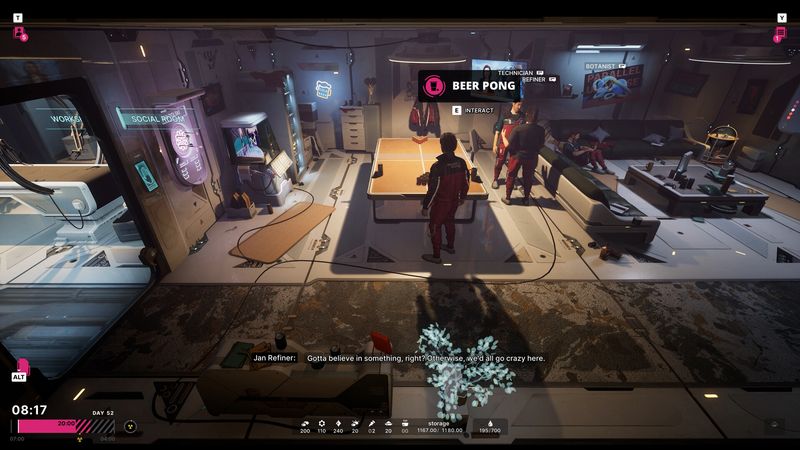
Final Thoughts
The Alters is a lean, thought-provoking survival adventure that marries base building with a deep, choice-driven narrative. Its ticking clock won’t suit every player, but if you crave a game that makes you question your decisions—both in-game and in life—it’s a rare treat.
Rating: 4 out of 5 stars
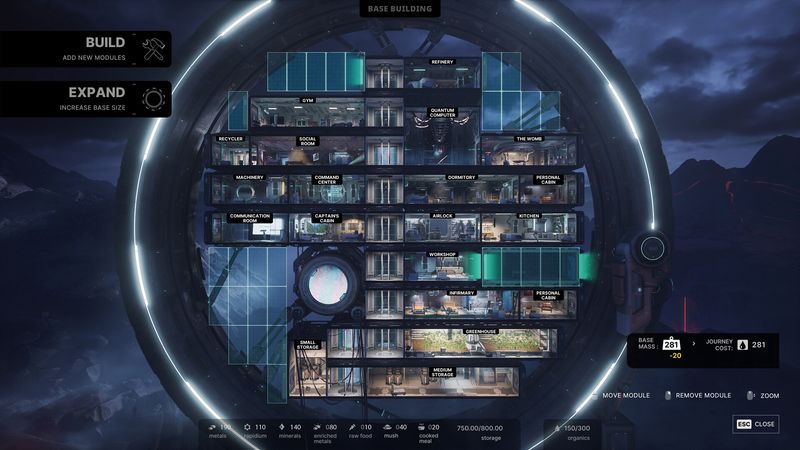
Pros
The Alters stands out with its innovative “alter” system. Where players create alternate versions of the protagonist, each with unique skills and emotional backstories. This mechanic weaves seamlessly into the game’s personal storytelling, allowing players to explore identity and consequence through branching narratives. Combined with striking art direction and an immersive audio landscape, the game crafts an atmosphere that’s both intimate and cinematic. The moral choices are impactful, leaving players with lingering questions long after the session ends.
Cons
While the experience is rich and emotionally charged, The Alters isn’t without a few drawbacks. The built-in time pressure can discourage deep exploration, pushing players to prioritize objectives over discovery. Additionally, the user interface occasionally feels cluttered—especially when juggling tasks across multiple alters. A more refined UI would better support the game’s complexity and allow its thoughtful mechanics to shine without unnecessary friction.
Whether you’re a seasoned survival fan or a narrative seeker, The Alters offers an emotional journey worth taking. Strap in, make your choices, and prepare to discover not just new worlds—but new facets of yourself.
